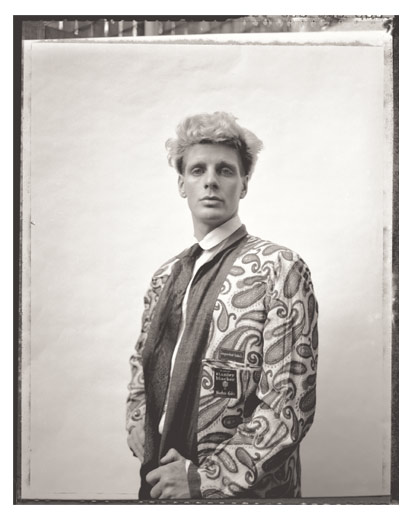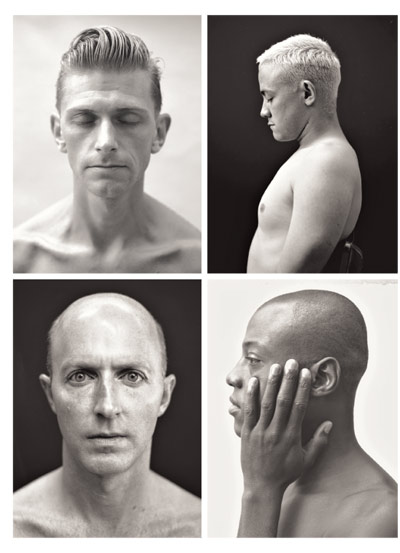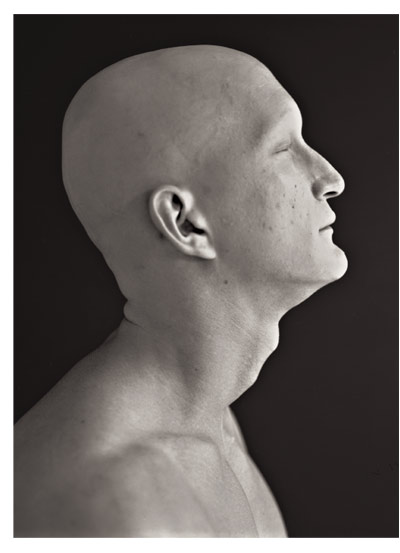Sobering. A single word to evoke the ethos of an era. The work of POZ’s art director Steve Morrison takes us back to a time—1983—when AIDS was still often called GRID and the then-inevitable progression of the disease was as ugly as its targets were striking. Informed by 19th-century medical photography, Morrison’s images were taken during the days when many of his subjects were attending multiple funerals each week, some of them facing the disease themselves. The portraits remind us of the reality of HIV and what it can do to a person, a nation, a world.
Today, AIDS apathy, ambivalence and naiveté abound, despite the still-deadly nature of HIV. We share these images to remind those who were not there of the grave memories of days before effective antiretroviral drugs, dark days filled with too much death. And we share them as a foreshadowing of what is to come if we are not vigilant now.
With an estimated 33 million people living with HIV worldwide—many not on treatment—it is only a matter of time before we will see a wave of death that puts the early ’80s to shame. And people are dying of AIDS in America right now.
The world should still absolutely fear HIV and AIDS. But it should not fear those living with the disease, and those living with the disease should not fear getting care. Seeking care and support and advocating for future medical advances (such as vaccines or a cure) are how we will relegate the reality captured in these photos to a thing of the past.
Morrison tells his story of making the images thus: “Twenty-seven years ago, I moved from Toronto to San Francisco to pursue my master’s of fine arts degree in photography. The newly discovered ‘gay cancer’ filled the headlines upon my arrival in the city in which I had hoped to experience my newly realized gay identity. I remember working with a friend at a local restaurant who always seemed the epitome of youth, vigor and health…. He succumbed to the ‘unknown virus’ within three weeks of his diagnosis.
“People reacted in various ways to the mysterious illness, and the mood of the city became dark once rumors, confusion and fear gripped the gay community. I found it difficult to connect the new world I was experiencing with the postmodern aesthetics I was learning in my photography classes. Fortunately, I came across some rare medical photographs from the 19th century while researching at Stanford University. The ‘clinical’ photographs were used to document medical mysteries. I referenced these chilling images in my work and created a portfolio of photographs of my friends and acquaintances. I hoped to reflect the mood and sensibility of the time when young lives were cruelly cut short. A time I did not want us to forget.”
The past is prologue. And if we forget our past, it will come back to haunt us.
 |
|
 |
|
 |
|









1 Comment
1 Comment